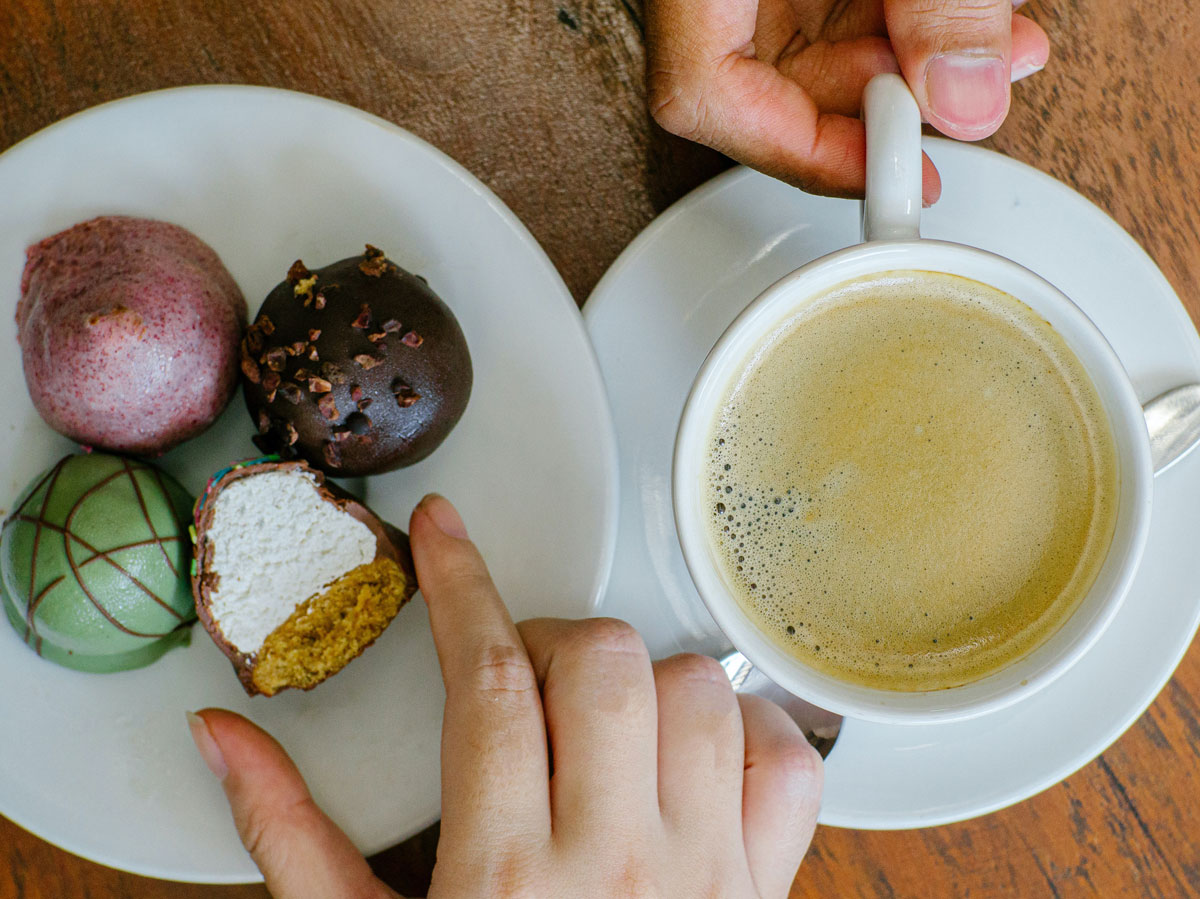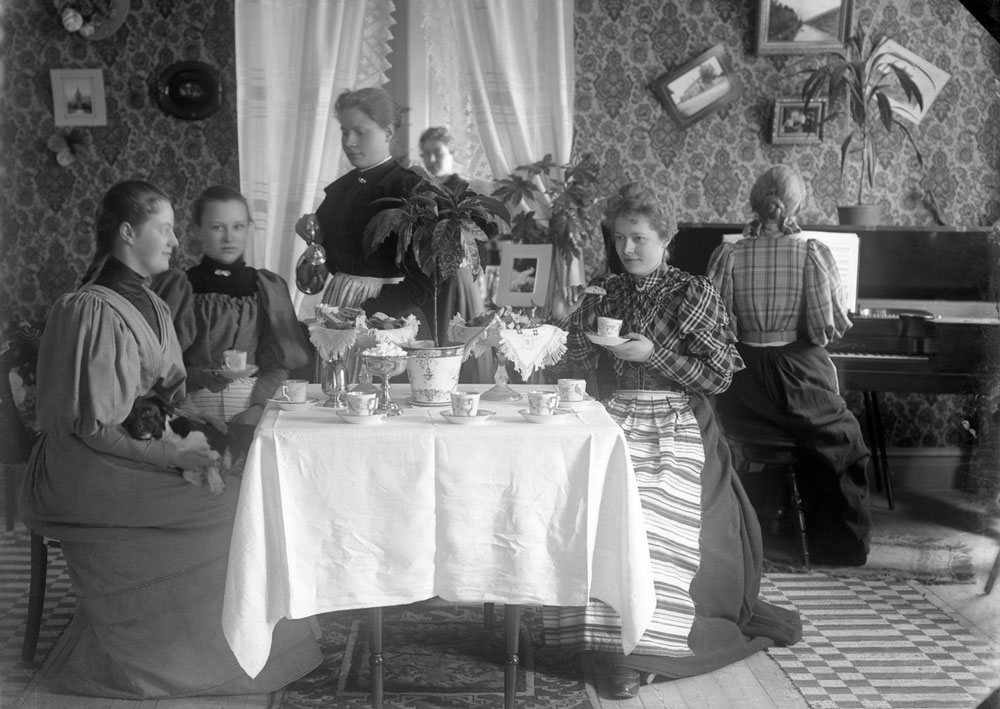Fika
The Swedish ”fika” can have multiple meanings, but it is usually associated with taking a break (e.g. from work) with one or more others, to socialise, talk, drink coffee (or another drink) and eat something at the same time.
Location: Nation wide

Distinctive features of the Swedish fika culture are also accompaniments like cinnamon buns, sponge cake, prinsesstårta, Punsch-rolls and Chokladbollar as well as various biscuits. Knowledge of the fika culture is widespread. This includes knowledge of elements such as the order in which the different kinds of accompaniments are usually eaten, what time in the day people usually take a fika break and what types of cakes and biscuits are eaten at various times and the different periods of the year.
In many Swedish workplaces there is a tradition to take a coffee or fika break both in the morning and the afternoon, where employees meet in a common space, sit down together and socialise. To have a "fika" or to "fika" usually involves drinking coffee and eating something, often sweet buns or biscuits of some type.
Drinking coffee has a long social tradition in Sweden, all the way back to the introduction of the drink in the 18th century. This is in contrast to other parts of Europe where coffee drinking took place mostly in the home. It became the drink which was served during informal meetings, and the accompaniments varied according to the occasion and people present.
During the latter part of the twentieth century it became less popular to have coffee parties at home, and from the 1980s cafés became more popular as meeting places to see others in simpler forms. Both the previous coffee drinking and the contemporary fika can be said to constitute the framework for a social exchange, where the contents varies, but which is learned through the actual practice. One reason why this form of interaction survives is its ability to add new ways to prepare, serve and socialise based on coffee and cakes and biscuits. Swedes are today one of the largest consumers of coffee in the world.

